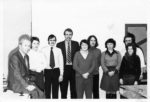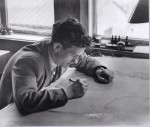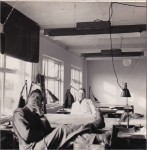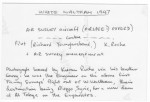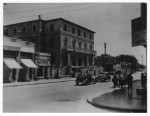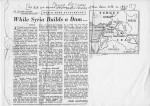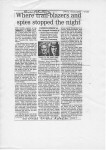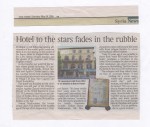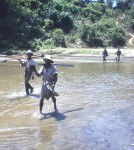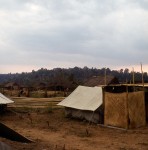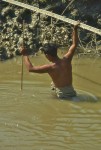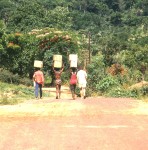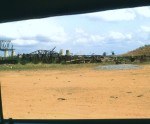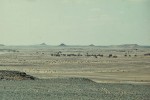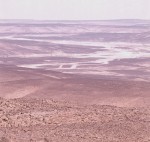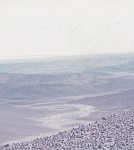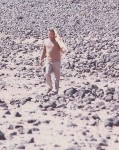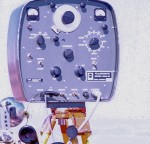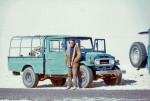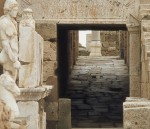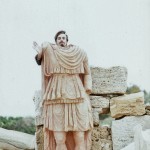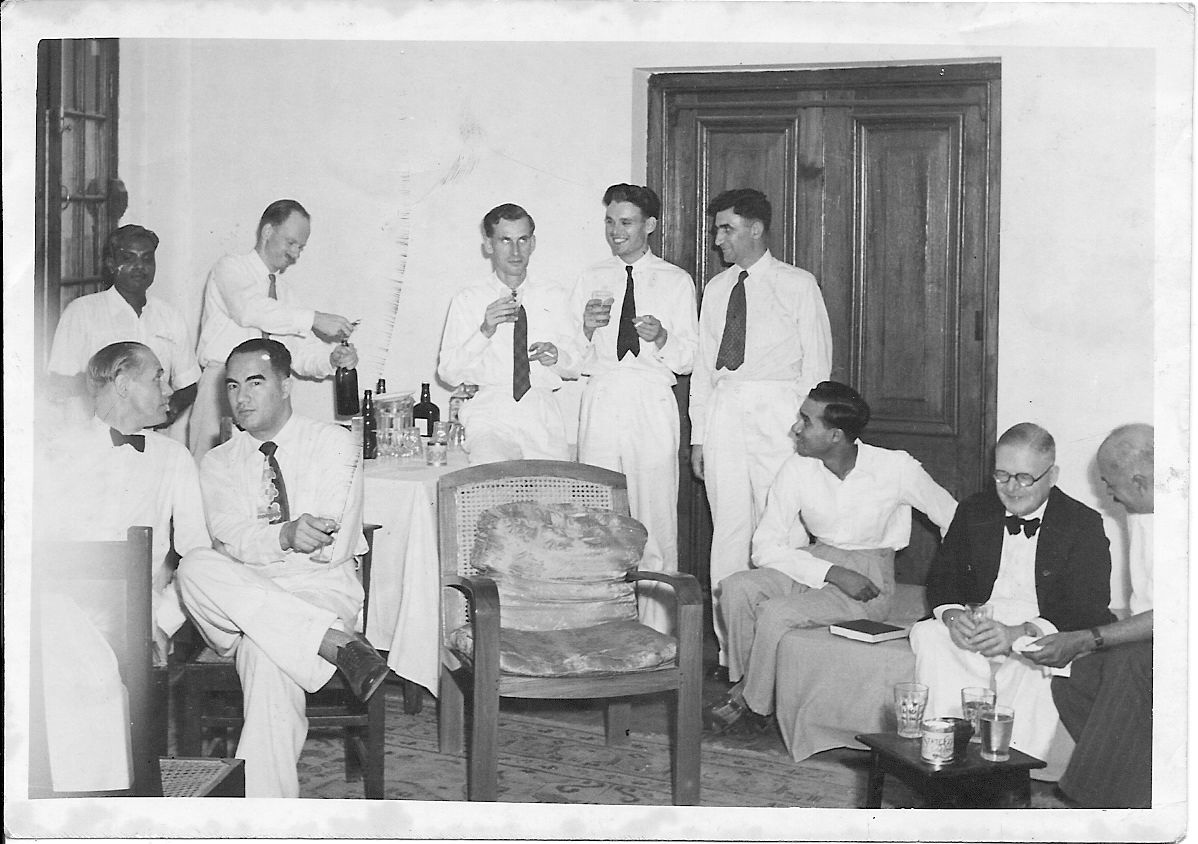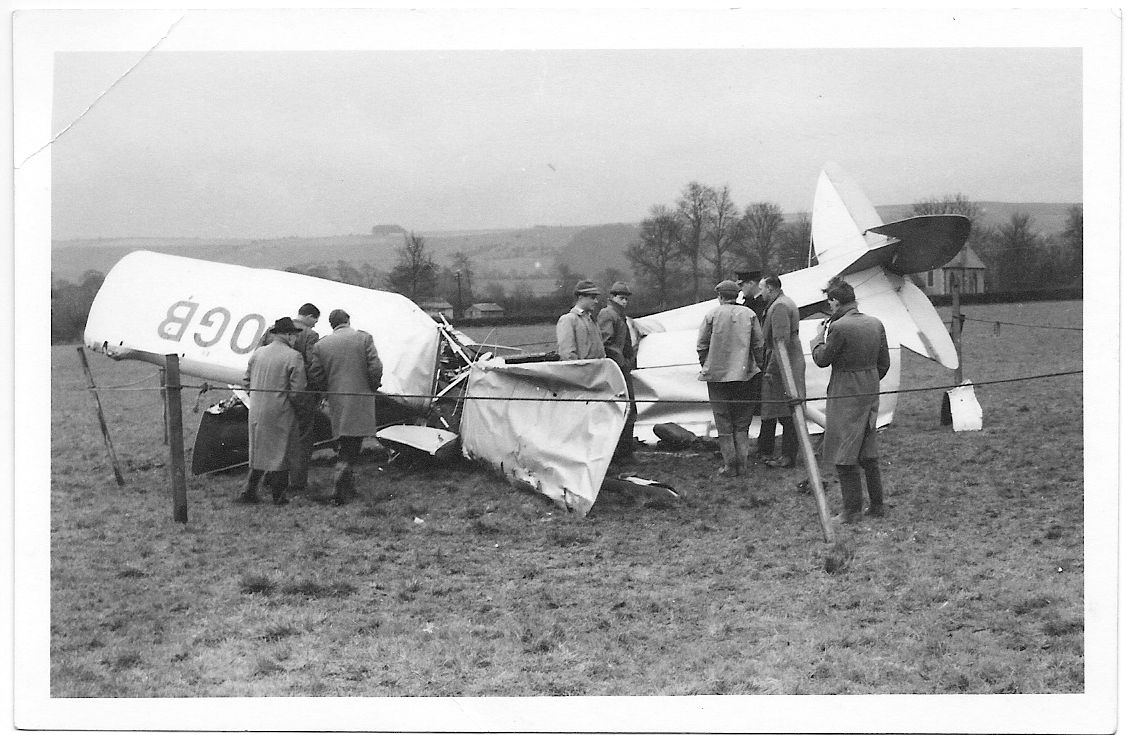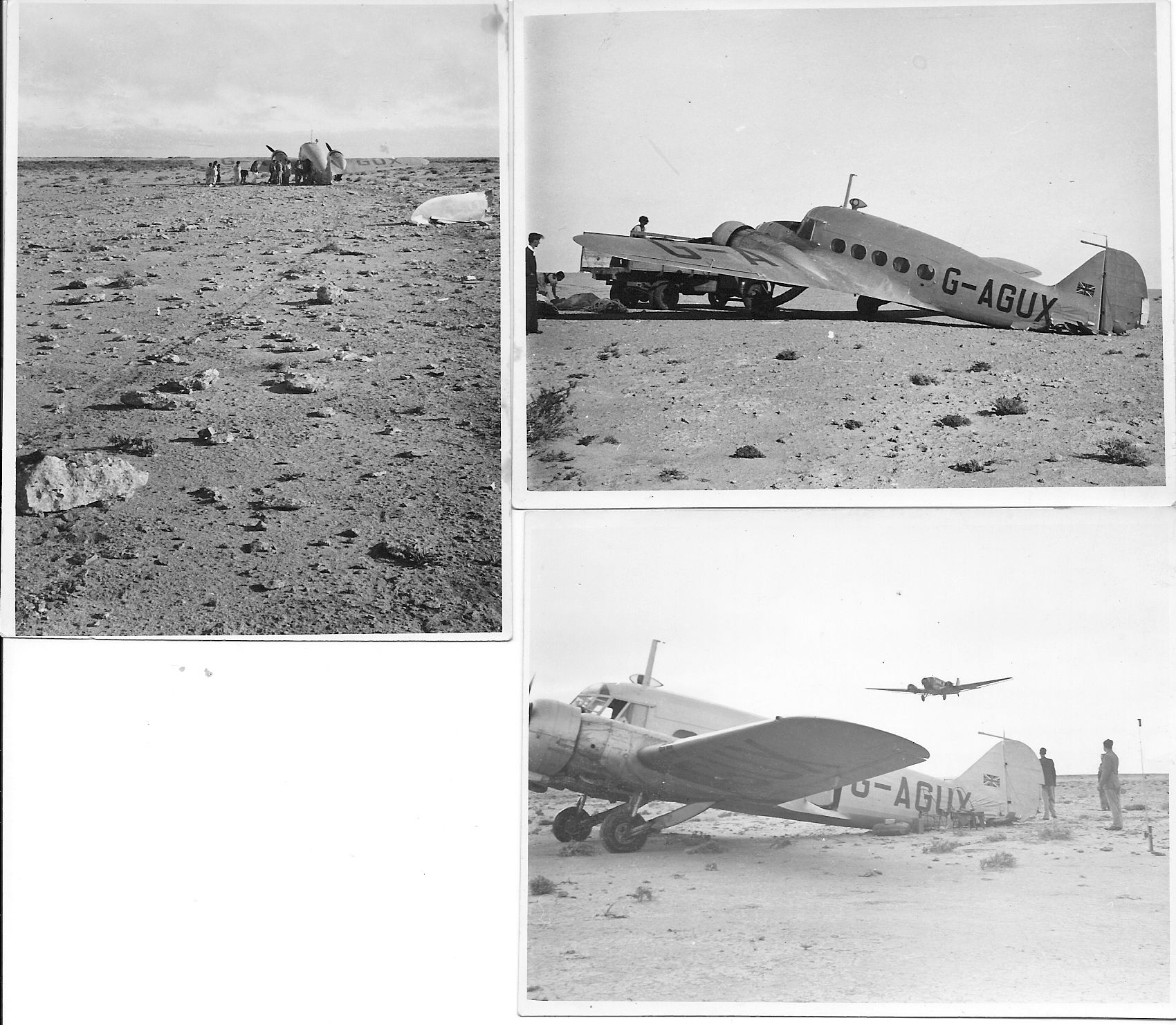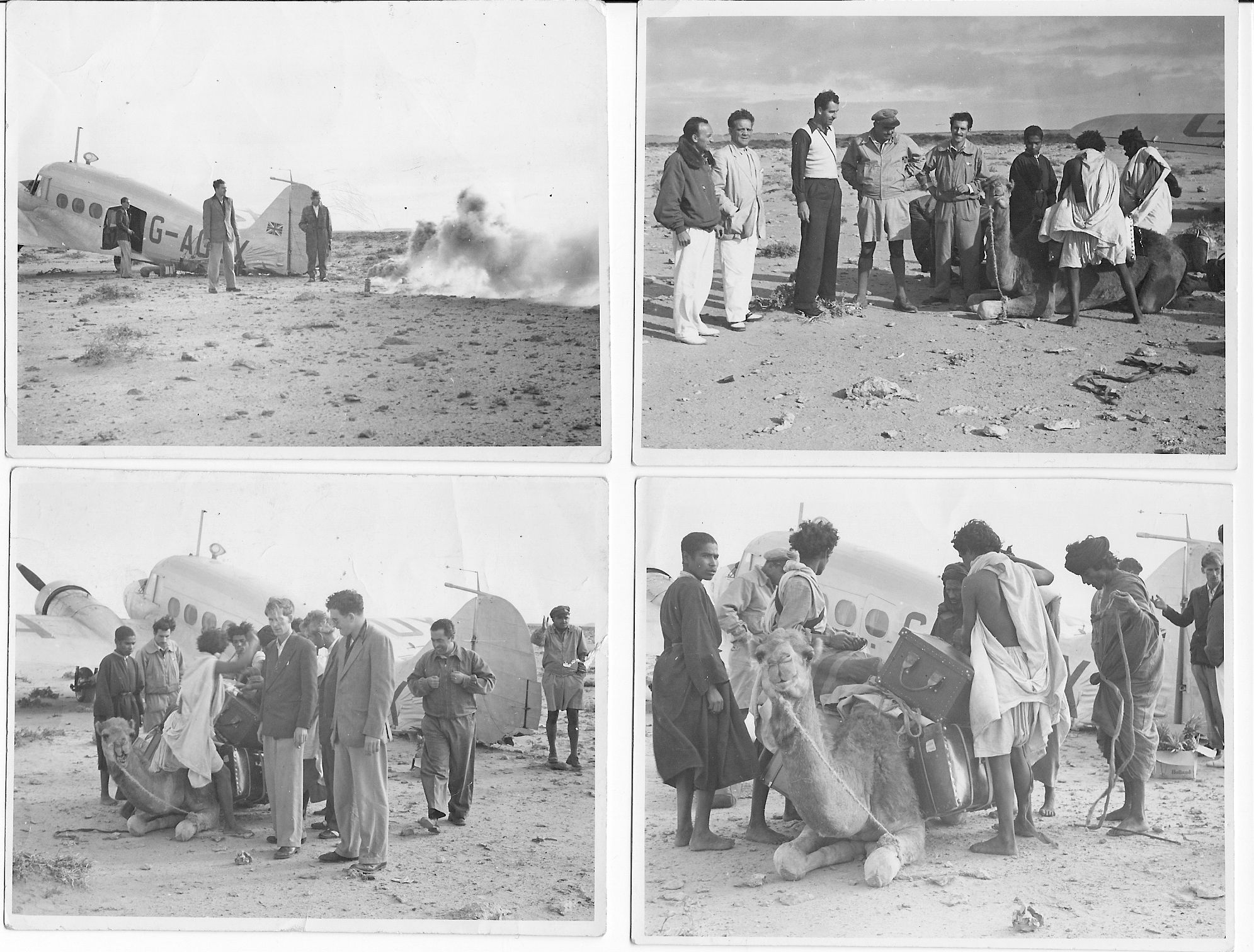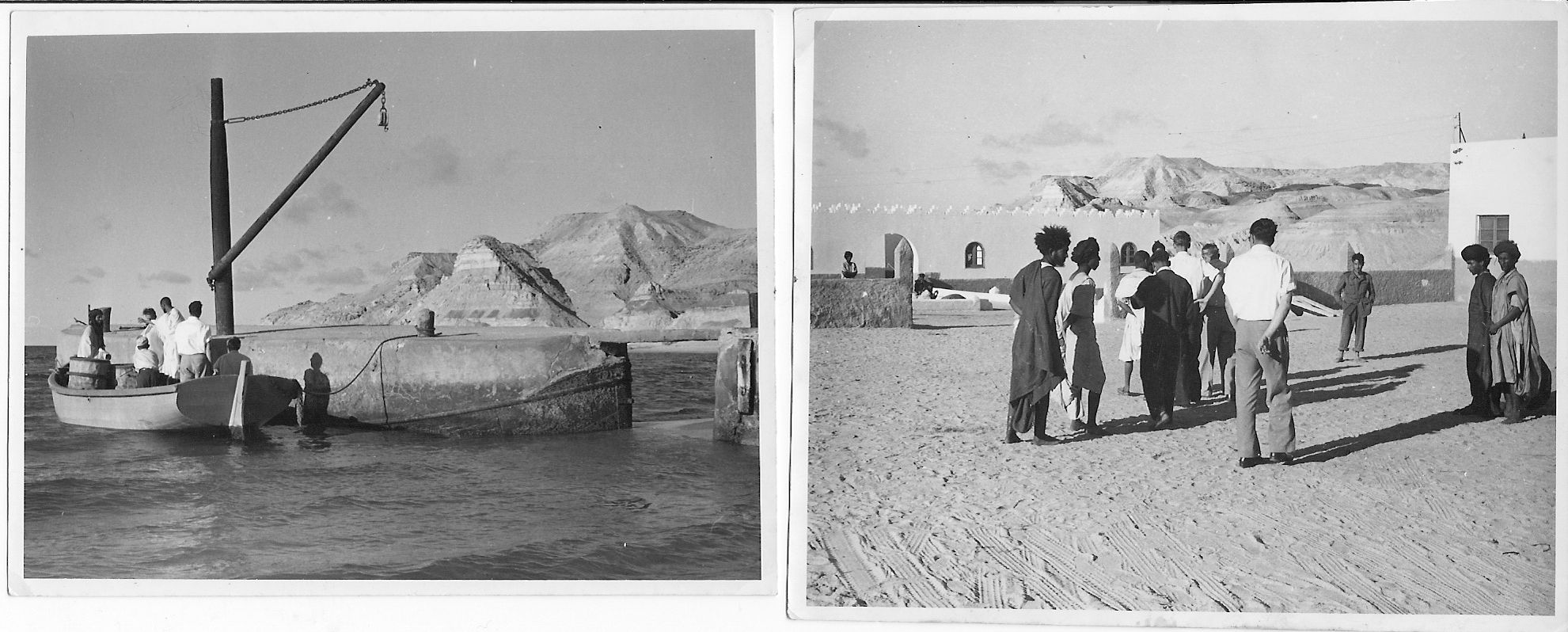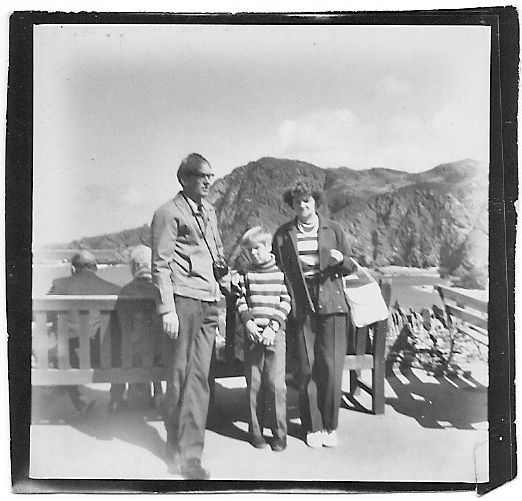Zanzibar 1977
In 1977 the company was awarded a Directorate of Overseas Surveys (DOS) 166 contract to photograph the island of Zanzibar. As was often the case I was sent on ahead of the aircraft which was Beech B80 Queen Air G-AZOH, to organise the supply of breathing oxygen, transport, accommodation, and any other things that may have been needed.
At the briefing prior to departure I was instructed to make contact with the British High Commission in Dar-es-Salaam for advice on the dispatch of finished film to Reform Road. It wasn’t until the company tried to book me an airline ticket that it was discovered that East African Airlines had ceased to operate and as a result the border between Kenya and Tanzania was closed and no traffic between the two countries was allowed.
However, suddenly “Kenya Airways” appeared on the scene, so imagine my concern at LHR when I saw a Boeing 707 parked outside with “Kenya Airways” rather hastily painted on it. I relaxed somewhat on boarding to find that the crew were all in East Midlands uniforms, probably at that time the largest airline charter and leasing company in UK.
The flight arrived in Nairobi where I transferred to a Swiss Air for Dar-es-Salaam. I discovered that was the route into Rhodesia from Geneva to Johannesburg then back up to Salisbury. As the embargo on Rhodesia was still in operation, there were no direct flights from LHR to Salisbury – I learnt this from fellow passengers.
I arrived in Dar-es-Salaam about midday on Saturday and was unable to contact the High Commission until 9am on Monday, so looked around the city, not a very inspiring experience all rather run down with very little in what shops there were.
All in contrast with the descriptions that some other company people told me to expect, but of course, by then very much under the influence of the old Soviet Union. An example, road traffic was not allowed on Sundays due to fuel shortages and every ship in the port was Russian and the harbour side was littered with packing cases and wooden boxes all with Russian script on them. The larger ones had been made into “homes” for otherwise homeless local folk.
I was at the High Commission on Monday prompt at 9am and taken to the office of Kevin O’Connell (I think that was his name?) and after giving him an outline of the work in Zanzibar, I was strongly advised never go out alone after 6pm as “Dar” was a pretty lawless place. Only the previous week a secretary from the Japanese Embassy had been murdered on the waterfront. Also, I was advised to register my passport, for the first time ever in my travels!
G-AZOH arrived the 8th August with Captain John Mullin and Navigator/Tracker Ron Neal. We departed “Dar” for Zanzibar on the 10th August. The clove harvest had just been completed and the air was full of the aroma of cloves. Zanzibar and Pemba are well known as the spice islands.
The photo lab was set up in the survey department and I was introduced to Mr John Fernandez who was astounded to learn that mixing the developer and hypo was just a matter of adding water! at the correct temperatures, of course. A supply of ice is always essential in tropical climates. John showed me a collection of ancient tins of photo chemicals that were used many years ago when John was based on the island of Pemba along with an equally ancient enlarger and lenses.
The DOS surveyors were living in the same hotel, which was operated by the Indian Oberoi Hotel Group, and were able to brief us about the local conditions on the island. In contrast to the mainland, Zanzibar was very quiet and interesting but rather sad and very rundown with derelict buildings in the main town “Stonetown” many of which had simply collapsed and blocked off many of the narrow streets. Almost as if it had suffered an earthquake.
At the time of our visit Zanzibar had not really recovered from the revolution that had taken place in 1964. It became a Marxist state with no free trade and no shops and none of the usual markets that one finds in most other countries, very much a time warp with quite ancient cars running around, even two old Austin 7s remarkably still mobile.
We met the American girl who was in effect the US representative on Zanzibar and she explained that she was simply a “listening post” as the North Koreans and East Germans were very much in evidence. Our fuel had been shipped over in barrels by Dhow and refuelling was done by “wobble” pump as there were no facilities at the airport for fuel or any engineering, it had all been cleared away. The airport “shop” only opened for the daily Air Madagascar B737 and as soon as it departed everything closed again.
Travel around the island from one zone to another was strictly restricted, except for the DOS surveyors, though we were often promised a guided tour by the island’s chief surveyor, which didn’t happen until two days before our departure and a very rapid tour at that !. Our work progressed reasonably well given the tropical weather conditions. Our one serious incident was when we had a dead cut on the starboard engine and the tops of the coconut trees were getting rather too close for comfort. But thanks to the airmanship of pilot John Mullin we landed back safely only to find two magnetos had failed. A signal was sent to UK and engineer Ken O’Dell eventually arrived with two replacements and soon we were again serviceable.
Frequent trips were made to the mainland to dispatch processed film to UK.
On our return from one of the mainland trips, we learned that the company had gone into receivership, very worrying as our credit was stopped and Amex and Diners Club cards could not be used. One of the DOS surveyors reported that word had gone around asking who is this man Fostekew with 25,000 shillings in the bank – the local currency was the shilling. It was explained that it was to pay for the fuel to include hardship payment as the Dhow crew would cook their food with barrels of Avgas on board and cash had to be used. The credit situation was resolved after a couple of weeks. By then the season was coming to an end and the rainy season was imminent. The aircraft departed on the 17th of October for further work in Nigeria, while I set off back home.
On arrival in Nairobi I met the late Ian Smith and his wife Helen. Ian was working for a photographic survey company, the name of which escapes me! Helen was working for the British High Commission and had news of the company going into receivership long before we were informed. We had dinner together in the evening and the following morning I departed for London. All in all a very interesting trip,
The work was finished the next year 1978 using the BN2 Islander G-AVKC. The crew were Captain Tom Kirkwood, navigator/tracker Adrian Saul and photographer Brian Corbin.
Now, of course, Zanzibar is open to tourists and quite a different place than it was in the 1960s and 1970, when there was still a poor old elephant tethered by chains in what was possibly once the Sultan’s palace and gardens, the remains of which were still visible. The house that was used by Dr Livingstone became a school and the old British Embassy where Dr Livingstone’s body was placed prior to returning to Britain is (or was) still there. It was quite disturbing to see school children being drilled in the “goose step” in the playground.
Dates courtesy of the late Ron Neal’s flying logbook.


